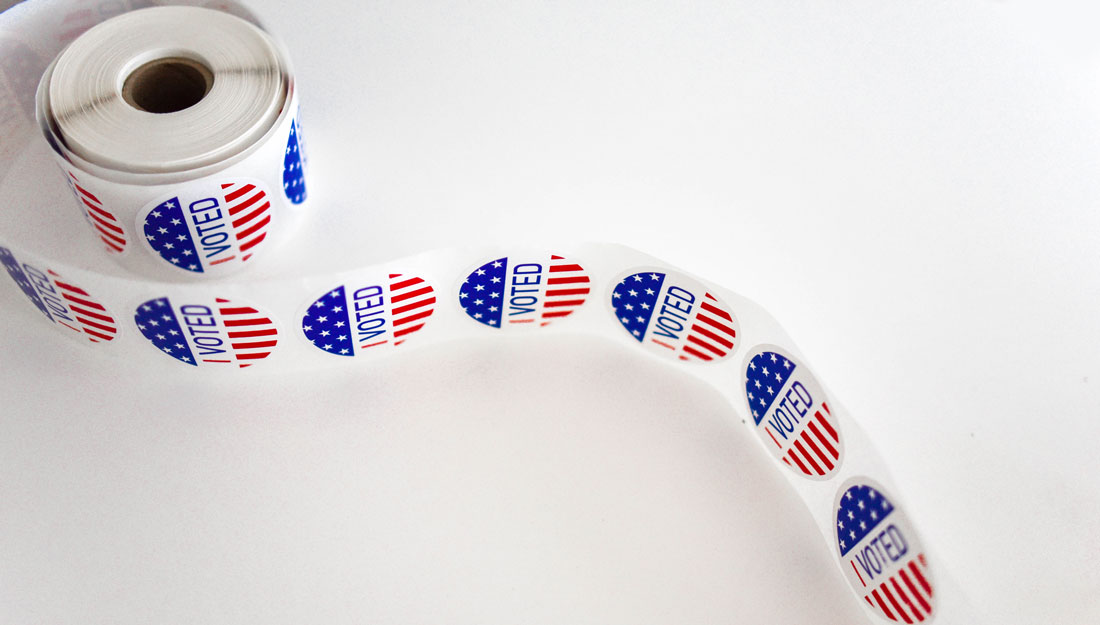Shopping with diabetes: 4 things to keep in mind while at the grocery store

Grocery shopping, especially healthy grocery shopping, can be difficult. Between shopping on a budget and those enticing two-for-one cookie sales, even the best of us deviate from a healthy eating plan. Watching what and how much we consume is important for everyone’s overall health, but for those with type 2 diabetes, paying close attention to nutrition labels can help to manage the condition. Nutrition is especially important for those with diabetes, but making nutritional choices at the grocery store isn’t all that different for those with the disease and those trying to maintain a healthy diet in general.
Claudia Perkins, R.D., health educator at the Texas A&M Health Science Center Coastal Bend Health Education Center, provides the following pointers to keep in mind when grocery shopping.
1. Plan ahead to maximize health and minimize cost
Making a weekly meal plan can help you stick to your nutritional plan. Try to incorporate plenty of vegetables (fresh or frozen) into your meals. Planning in advance can also help you stay within your budget.
“You can make meals using items that are on sale at your local store and seasonal products,” Perkins suggested. Eating healthily doesn’t have to break the bank. Look through ads and coupons to help you get the best deal and a visit to a fruit stand or a farmer’s market might allow you to get those fresh fruits and vegetables for a more reasonable price.
2. Take a closer look at nutrition labels
When buying a product, be sure to check the nutrition label before purchasing. “Some products can be tricky and contain multiple servings; and within those smaller servings, there might be multiple carbohydrate choices,” Perkins said.
An average diabetic woman should have three to four carbohydrate choices (45 to 60 grams) per meal, while the average diabetic man should consume four to five (60 to 75 grams) per meal. For snacks, try to stay within the one to two (15 to 30 grams) carb choices. Make sure the foods you choose fit in your recommended carb choices per meal or snack. Take a closer look at nutrition labels and keep in mind that one carbohydrate choice is 15 grams per serving. Try to avoid foods with added sugars and keep close to 300 milligrams of sodium or less per serving. When preparing foods, be sure to stick to serving sizes to best manage your carb and calorie intake. Monitoring the amount of carbs you consume helps to control glucose levels.
3. Shop lean meats, low fat and high fiber
When managing diabetes, it’s important to look at the kinds of food you are eating. Try to stick to lean meats like round or sirloin beef and include fish, chicken and pork. But remember that three to four ounces of meat or protein per meal is the recommended serving size – this is comparable to the size of a deck of cards or the palm of your hand.
For dairy products, limit your fat intake by purchasing low or nonfat milk and yogurts; but still keep an eye on how many servings of carbohydrates they contain. You should also focus on purchasing whole grain breads, cereals, rice and pastas. Look for labels that say 100 percent whole grain or whole wheat when buying breads or other grains.
4. Avoid the snack aisle altogether
“Snack foods contain excessive amounts of sodium, carbohydrates and fat,” Perkins said. Snack items are usually highly processed, which means they will have little to no nutritional value. These foods can easily derail your nutritional plans and add to your bill at the cash register.
Also be sure to avoid foods that might seem healthy for you, but could take your healthy eating plan down a dangerous path. Examples include muffins, croissants, granola, vegetables in cream sauce or even lunchmeats. Food manufacturers and marketers try their best to give their products a good reputation and look appealing, keep a wary eye out for marketing ploys.
“Ultimately, the most important thing is to pay attention to nutrition labels and serving sizes. By watching the foods you buy and eat, you can control your blood sugars, but you can’t always rely on diabetic-friendly and so-called healthy labels telling you what to buy,” Perkins commented.
Media contact: media@tamu.edu

